Nina Zeljković
01.04.2022
Nesting Patterns

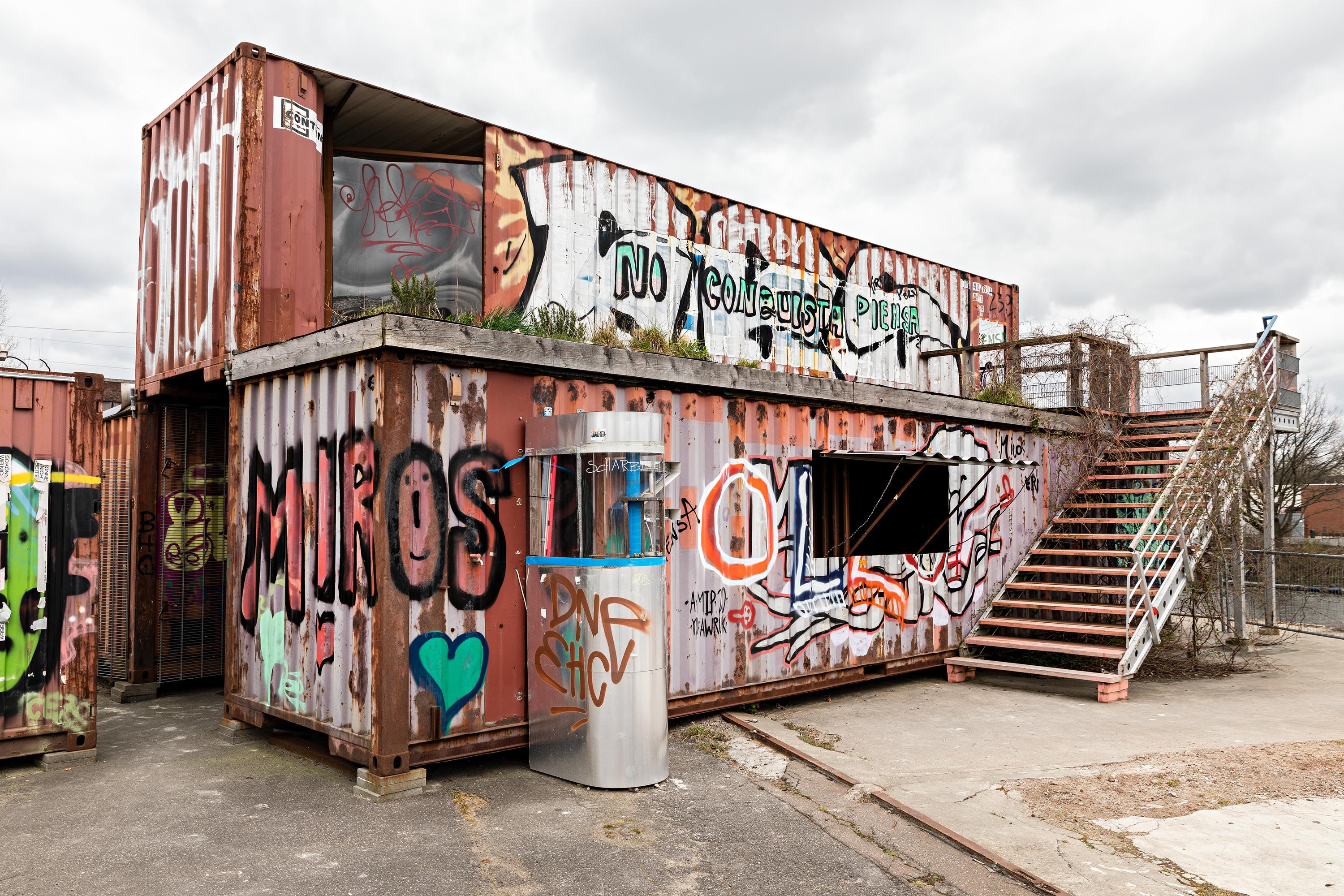
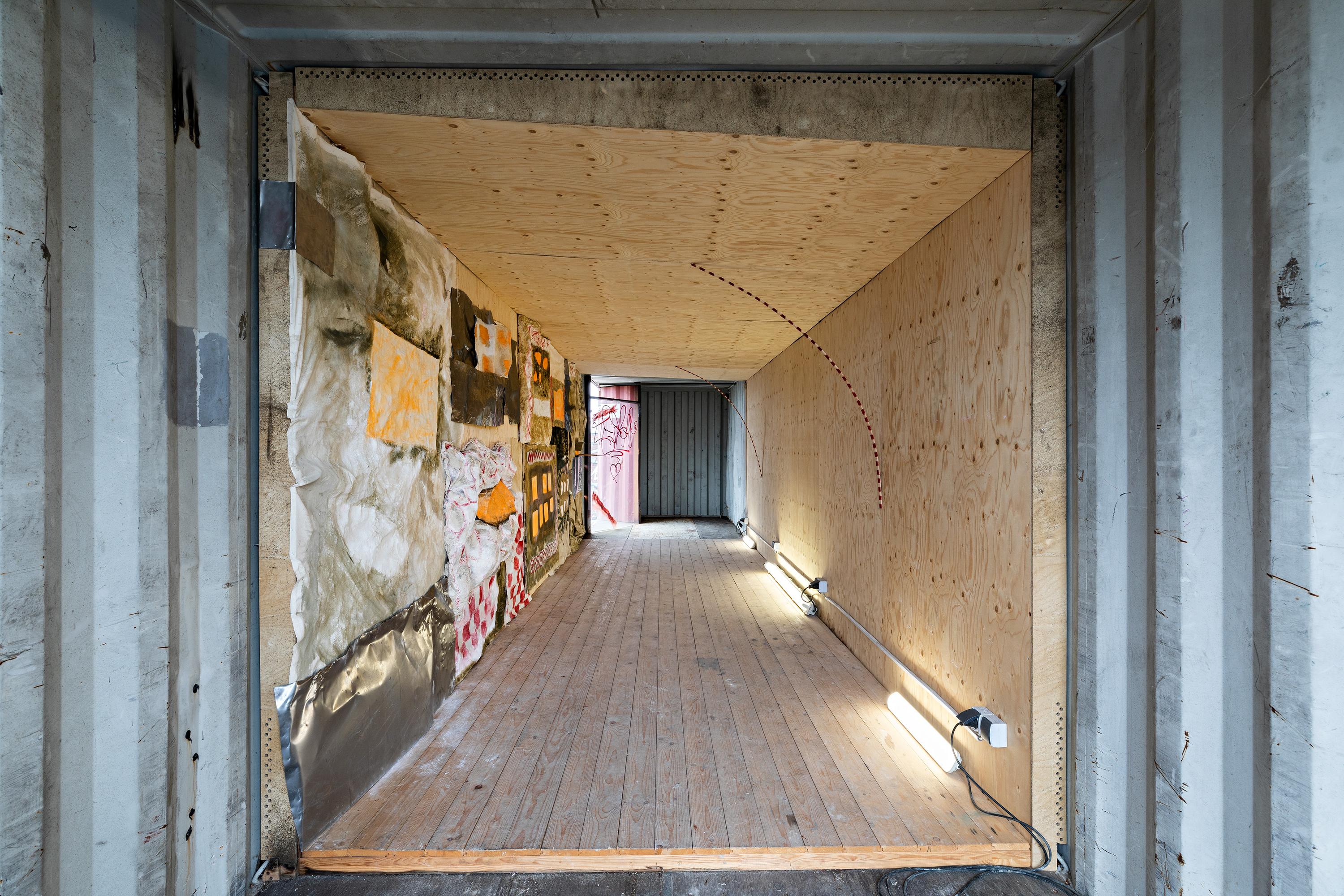


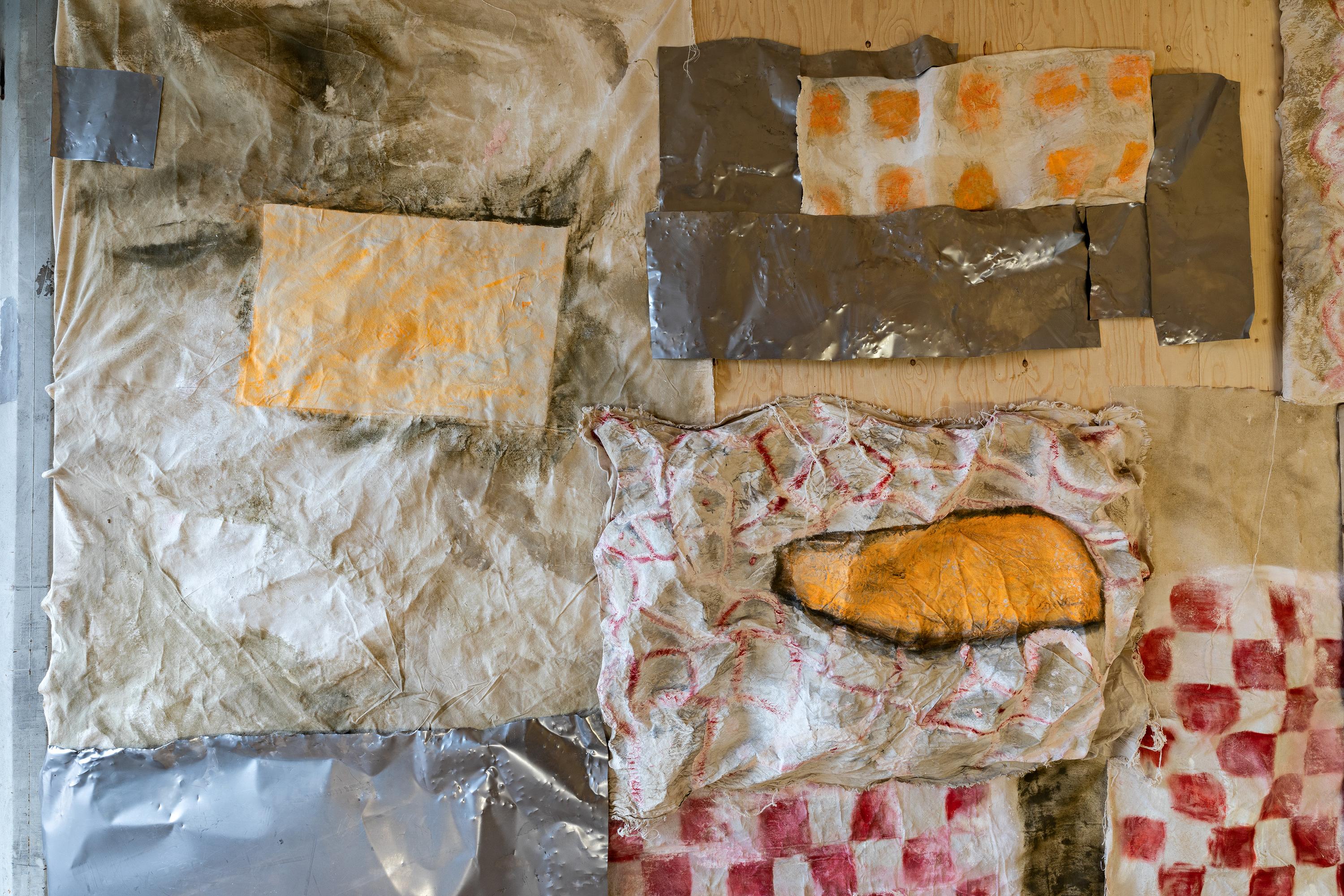
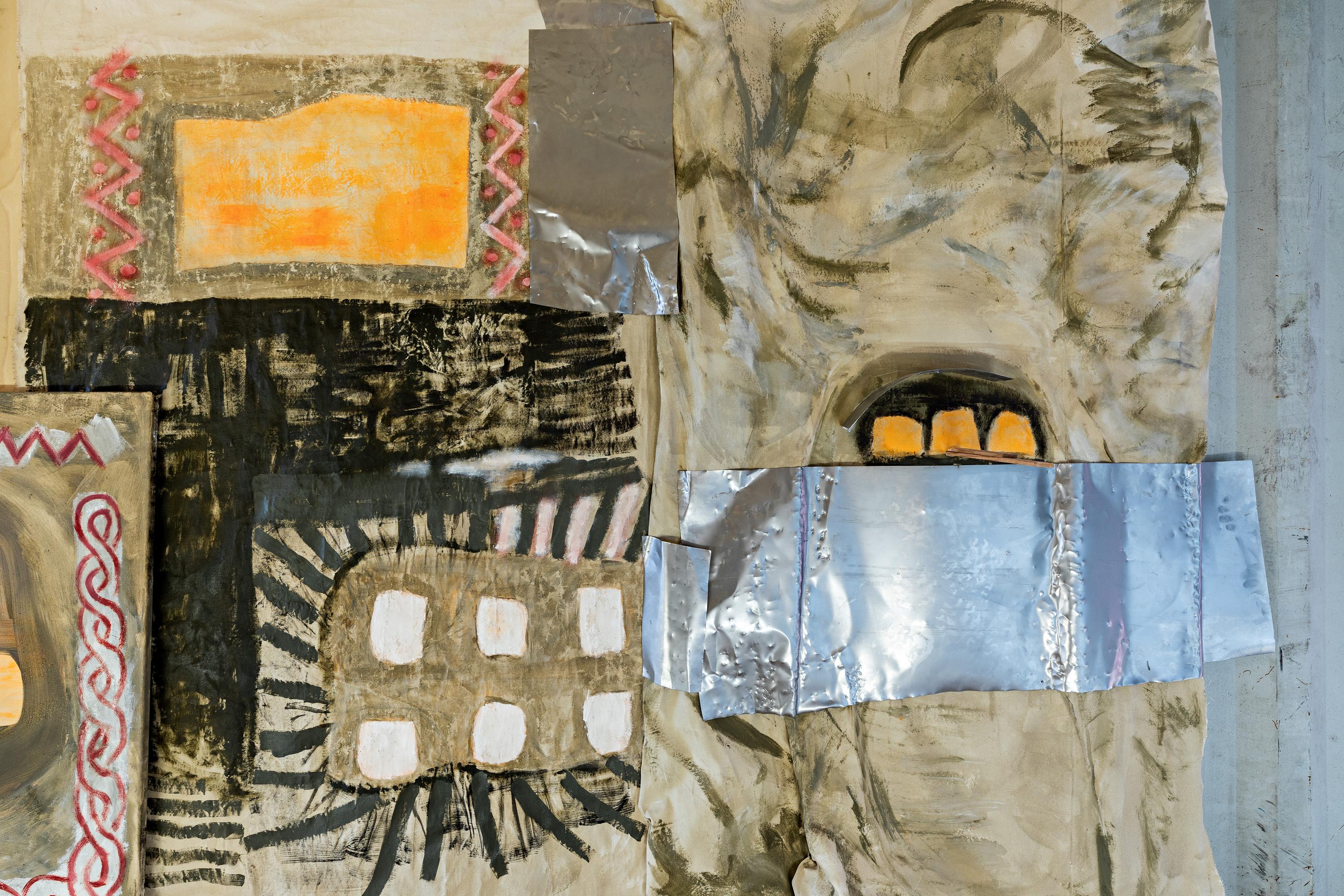
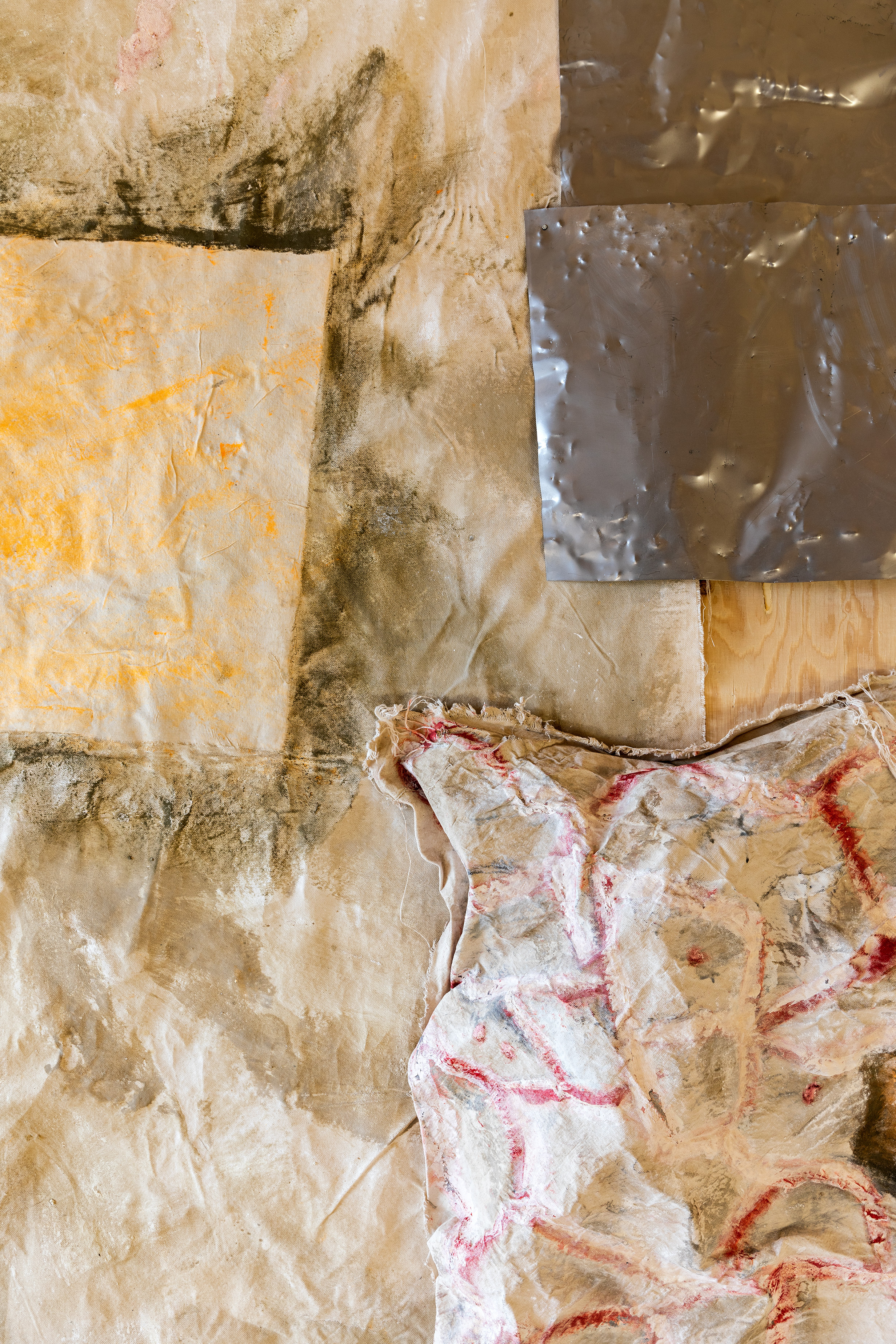
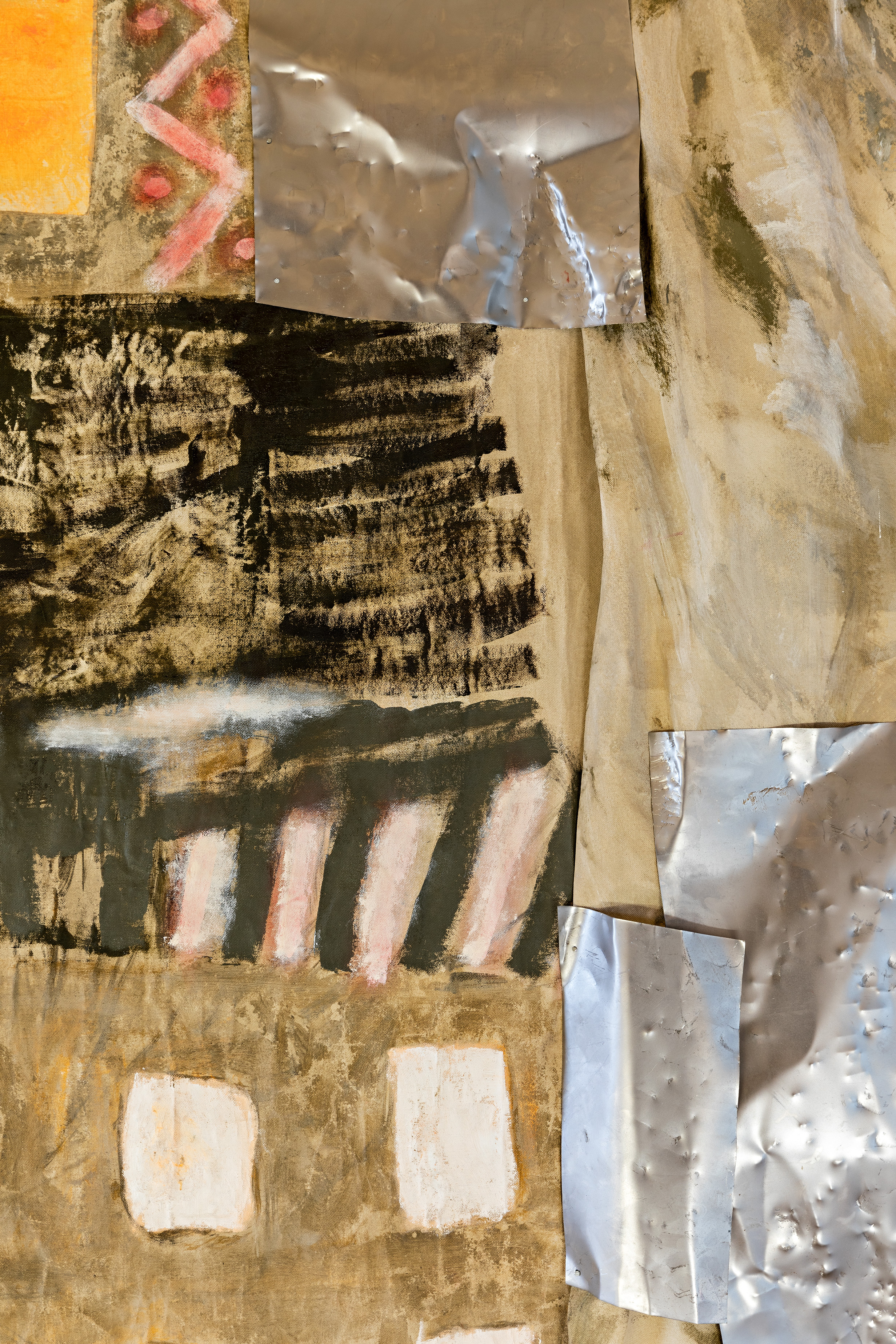
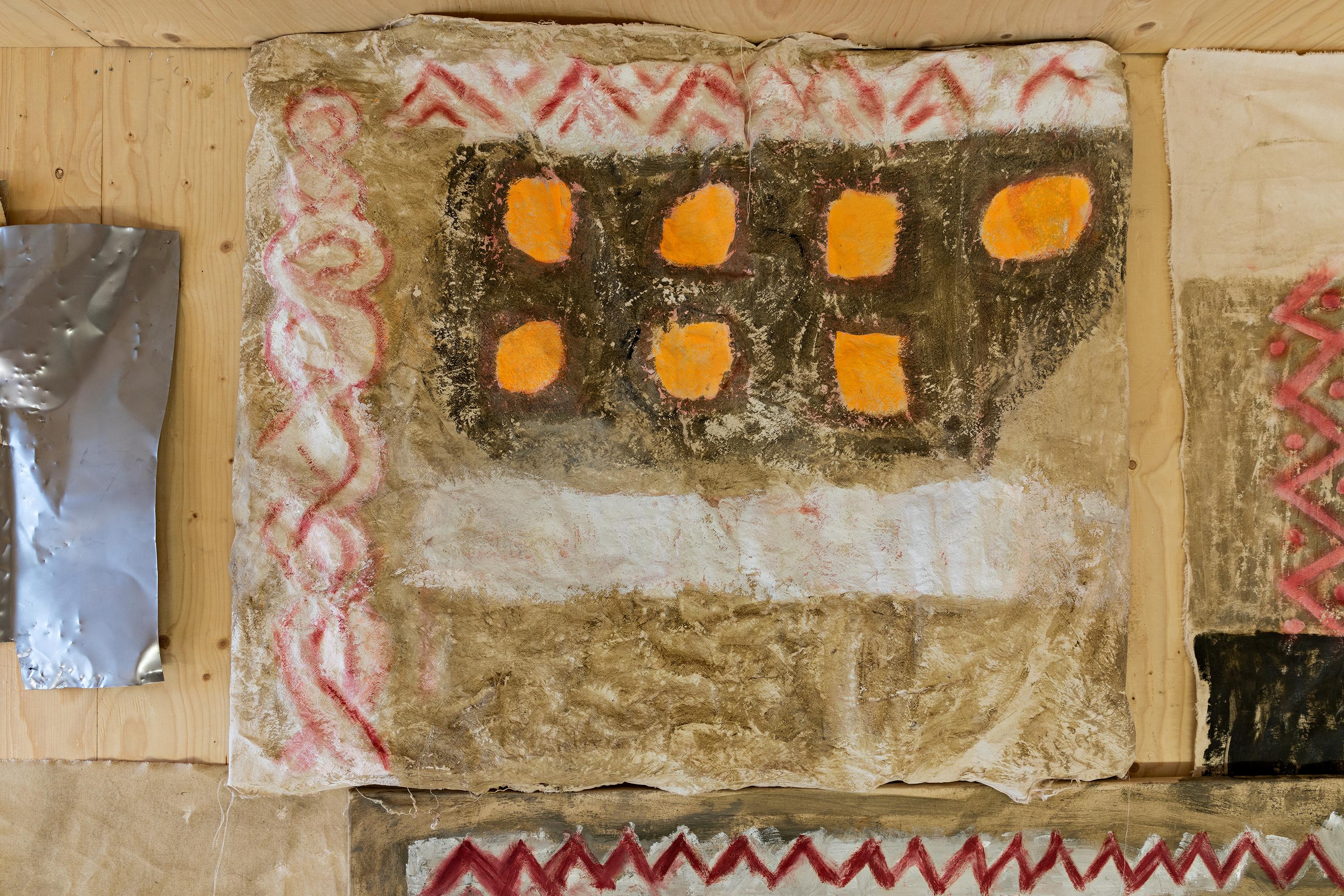

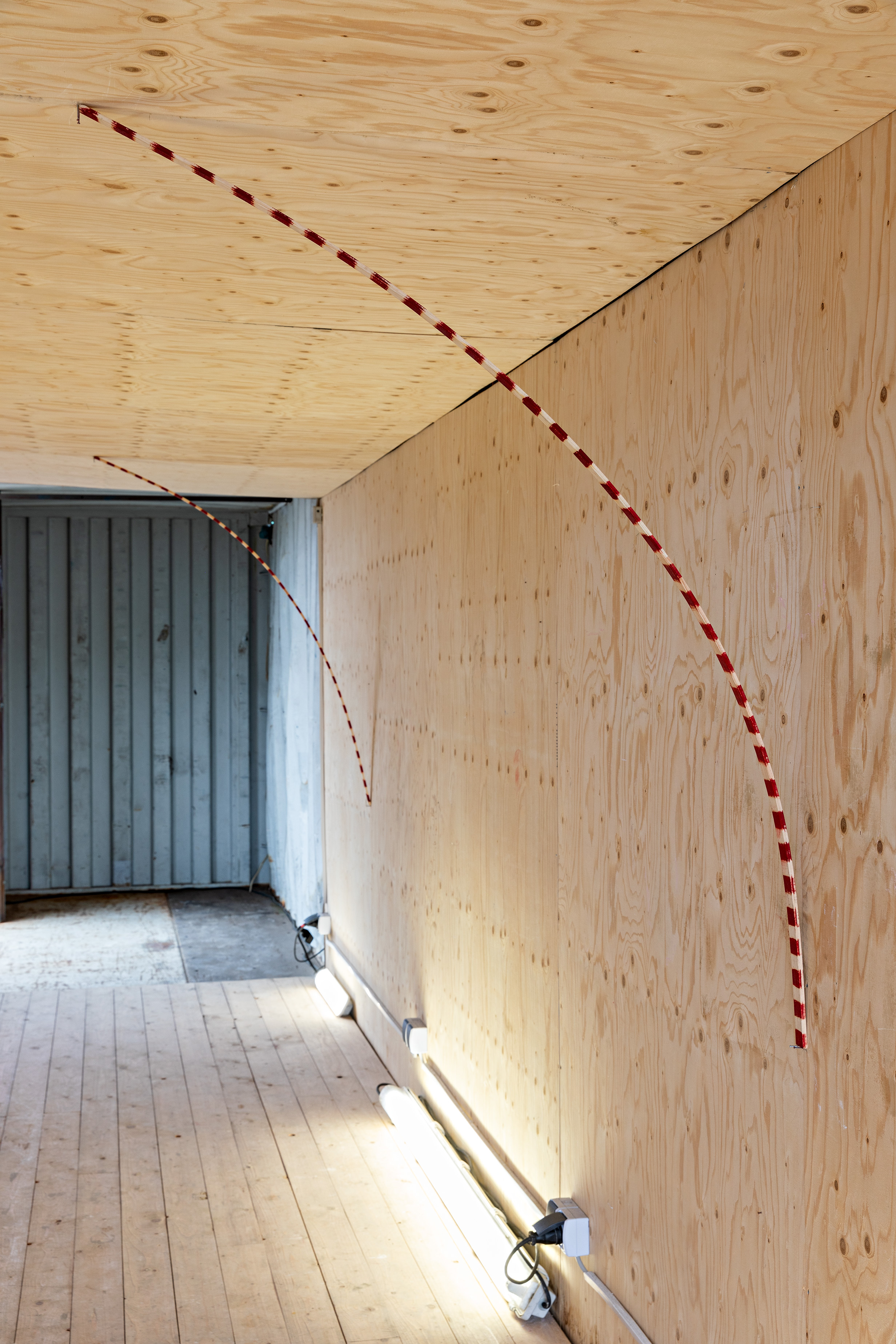
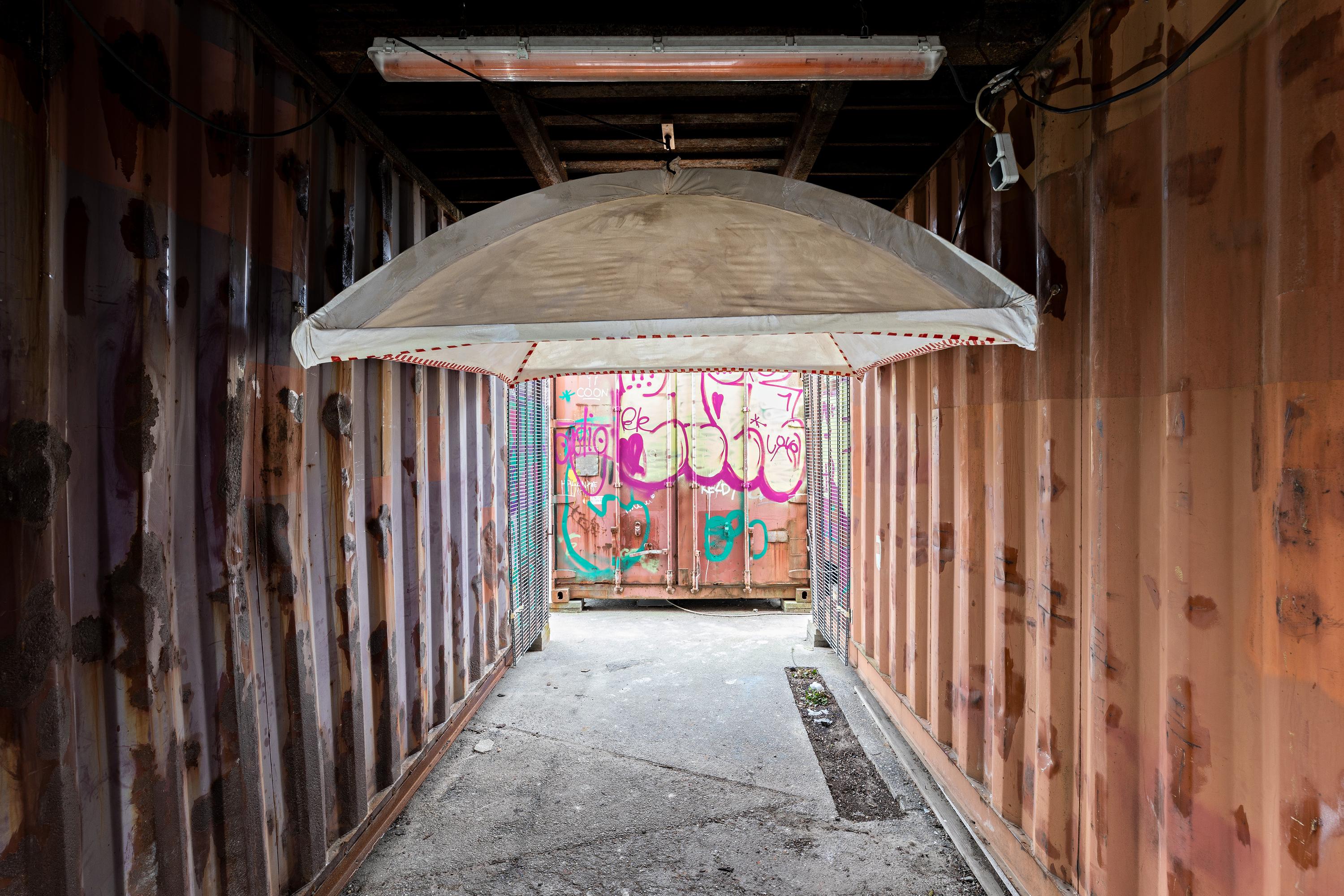

Within my expanded painting and video practice, I investigate topics and constellations at the intersection between painting and embodiment. My work is inspired by the attitudes that Byzantine painting held towards images taking into account the body’s movements through space and its activation of an immersive experience. During this state of experience, the painting is marked less by the logic of the gaze than by the proximity of the body. Being a distinctive and continuous undercurrent in the history of painting, this field of pictorial immersion and embodiment ranges from the very beginnings – Neanderthal and early hand stencil cave paintings at sites such as the Cave of Maltravieso in Caceres, Spain, to avantgarde action and performative painting techniques in the 20th century.
In the context of this ongoing research, last year I undertook a 10 000km long travel through Turkey to research painting in the context of early Christian communities.
This Movement of underprivileged and deprived, took refuge from Rome in secluded valleys and created self sustainable settlements in Cappadocia in the late 3rd century, carving their homes churches networks of underground cities in hardened tuff of the volcanic eruption. Beside the religious spaces there is many functional and agricultural spaces, designed to meet basic human needs in everyday life. These include beehives, dovecotes, water canals, wine presses, horse stables, kitchens and ovens. Dovecotes are the landscape formations most present in this landscape. Dark, closed rooms for pigeons to roost in at night time. Once a year, farmers collect the pigeons dung to use as fertilizer. Pigeon dung is extremely rich in nitrogen, a chemical needed for farming Cappadocia's volcanic soil, and thus the most valued natural fertilizer. To attract the pigeons, farmers painted a white background or patterns around the entrance hole. The dyes used were extracted from trees, flowers, wild grass and soil with ferrous oxide. Red dye came from a kind of soil/mud known as “Yosa” in the region. White paint is made by mixing plaster and white of an egg.
St. Basil explains how 4th century Cappadocians farmed pigeons:
When pigeon farmers have caught a pigeon, they tame it, and make it feed with them. Then the farmer smears its wings with sweet oil, and releases it to join other birds outside. The sweet scent of that oil makes the wild birds the possession of the owner of the tame bird, for all the rest are attracted by the fragrance, and settle in the pigeon house. (Letter 10)
These painted birdhouses are the departure point for this painting installation.
Come Over at Zollo
Alter Recyclinghof / Alster-Bille-Elbe PARKS
Bullerdeich 6, 20537 Hamburg
In the context of this ongoing research, last year I undertook a 10 000km long travel through Turkey to research painting in the context of early Christian communities.
This Movement of underprivileged and deprived, took refuge from Rome in secluded valleys and created self sustainable settlements in Cappadocia in the late 3rd century, carving their homes churches networks of underground cities in hardened tuff of the volcanic eruption. Beside the religious spaces there is many functional and agricultural spaces, designed to meet basic human needs in everyday life. These include beehives, dovecotes, water canals, wine presses, horse stables, kitchens and ovens. Dovecotes are the landscape formations most present in this landscape. Dark, closed rooms for pigeons to roost in at night time. Once a year, farmers collect the pigeons dung to use as fertilizer. Pigeon dung is extremely rich in nitrogen, a chemical needed for farming Cappadocia's volcanic soil, and thus the most valued natural fertilizer. To attract the pigeons, farmers painted a white background or patterns around the entrance hole. The dyes used were extracted from trees, flowers, wild grass and soil with ferrous oxide. Red dye came from a kind of soil/mud known as “Yosa” in the region. White paint is made by mixing plaster and white of an egg.
St. Basil explains how 4th century Cappadocians farmed pigeons:
When pigeon farmers have caught a pigeon, they tame it, and make it feed with them. Then the farmer smears its wings with sweet oil, and releases it to join other birds outside. The sweet scent of that oil makes the wild birds the possession of the owner of the tame bird, for all the rest are attracted by the fragrance, and settle in the pigeon house. (Letter 10)
These painted birdhouses are the departure point for this painting installation.
Come Over at Zollo
Alter Recyclinghof / Alster-Bille-Elbe PARKS
Bullerdeich 6, 20537 Hamburg